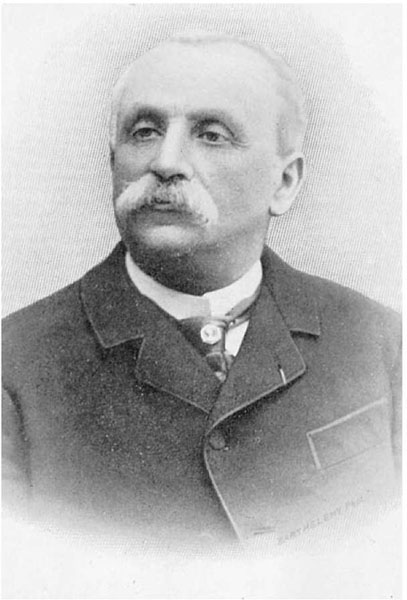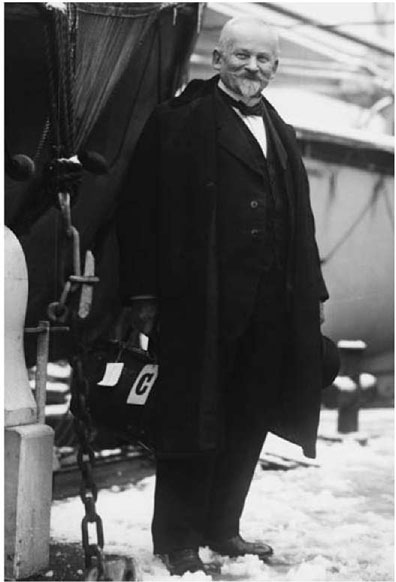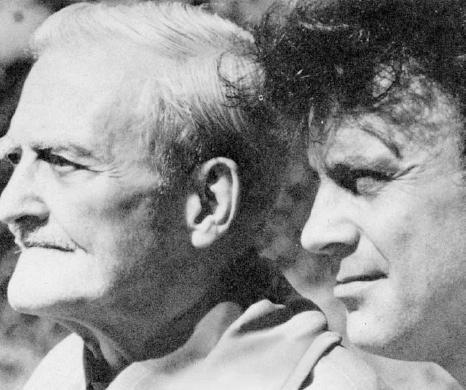Hidden Depths: The Story of Hypnosis (70 page)
Read Hidden Depths: The Story of Hypnosis Online
Authors: Robin Waterfield

12. At the height of the British âmesmeric mania', it became a form of fashionable entertainment. Here an impassive mesmerist exerts control over young women and children, while men look on, and the rest of high society continues its social business.

13. Fears about the vulnerability of a hypnotized subject manifested in subtle ways. This picture appears to show a group of Victorian scientists examining a hypnotized patient, but at second sight her posture and clothing are rather provocative, and at least one of the doctors is fascinated by her, while another caresses her arm, rather than taking her pulse.

14. John Elliotson (1791-1865) was a famous doctor who became the main champion of medical mesmerism in Britain. His excesses and stubbornness brought the whole topic into disrepute.

15. James Braid (1795-1860) showed beyond the shadow of a doubt that mesmeric theory was false, and thus ushered in the era of modern hypnotism.

16. Ambroise Liébeault (1823-1904, standing on the left), a French country doctor, was the first to apply Braidian methods extensively in a clinical context, and proved that suggestion alone can achieve all the cures and results that had previously been attributed to the physical force of magnetism.

17. Hippolyte Bernheim (1837-1919) was the academic from the University of Nancy who developed and corrected Liébeault's views. All modern hypnosis stems from his work.

18. Jean-Martin Charcot (1825-93), the âNapoléon of the Neuroses', was the most famous medical scientist of his day. Although his theories about hypnosis were soon proved wrong, it was his influence above all which made hypnosis a respectable subject for academics to study.

19. Emile Coué (1857-1926) was the pioneer of autosuggestion as a means of attaining health and happiness. His most famous affirmation, âEvery day, in every way, I am getting better and better', is still very familiar.

20. Milton Erickson (1901-80) is the best-known hypnotherapist of the modern era. He aimed to bring out his patients' own unconscious resources for healing, and his methods are in wide use today in the hypnotherapeutic community throughout the world. Here he is shown with his younger colleague Ernest Rossi.

21. Theodore Barber is the contemporary American academic who has most vociferously attempted to demonstrate that there is no such thing as hypnosis or the hypnotic trance. He and his colleagues believe that subjects are merely strongly motivated to comply with the hypnotists' instructions.

22. Ernest Hilgard of Stanford University (here with his wife). His experiments have gone a long way towards proving that hypnotized subjects enter a special trance state which gives them some unusual abilities and faculties. But the issues will not finally be resolved until unique neurophysiological correlates are found for the hypnotic trance.
